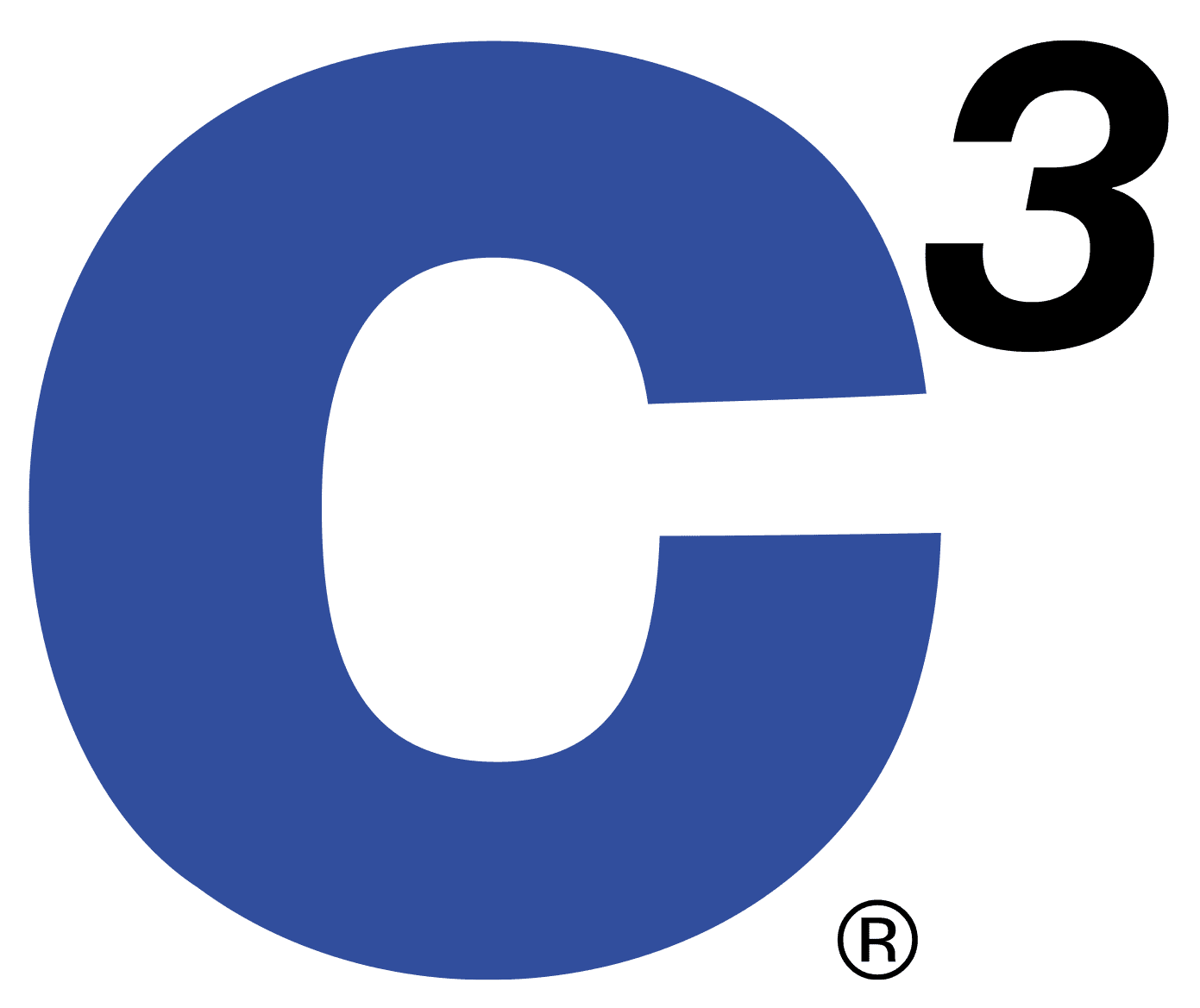A struggle when researching different compression machinery is figuring out what machine you need for your workload today and predicting what you’ll need for success in the future. Vast product changes or alterations in materials might isolate your newest investment leaving a huge sunk cost on your operation floor. To make a smart capital investment, you need machinery that long outlives current market trends.
In the mattress industry, this means your team is thinking beyond the traditional bed-in-a-box product. Now it’s time to address even smaller packaging capabilities and more eco-friendly materials. Our CEO, Joe Van De Hey, explains, “The package is always going to continue to evolve. Because of that, the compression and methods of how we get it into that package will always evolve.”
With variability a guarantee for the future, how do you purchase machinery that will withstand it? Watch our latest video to hear from Joe and Mitch (electrical engineer) as they share their insight on the features of C³ compression machinery.
Every machine purchase should start with a product-first mentality. What are you manufacturing today? What is your R&D team working on? How do you anticipate it changing in the future?
Our engineering team is constantly re-evaluating the answers to these questions we hear from customers. These market demands influence how we design and maintain our equipment. Rather than making a machine to suit specific demands, our goal is to advance our current design to suit the needs of a changing market.

To do this, we keep the main features the same on every design. In compression machines, there are four main features: press, seal, fold, and roll. Each feature impacts the end product quality, so our engineers focus on these points of contact with the package to produce quality every time.
By focusing on these standards, we can provide modular upgrades to our equipment more often than we have to redesign and introduce a new machine into the market. For example, a new feature we unveiled this year was our variable roll cage. This design allows for greater package dimension variation within the same machine. New customers can opt for this roll cage on their new compression machine. Yet, more importantly, customers who currently have a compression machine can purchase an upgrade package to replace their roll cage rather than purchase an entirely new compression system. This can yield around 60% savings* plus options for reusing components for credit or spares.

Mitch explains what functionality and value each feature brings to compression machinery. If you review C³’s line of compression machines, you’ll see how each design revolves around these main points of functionality. The CF1396 features all four – a press, package seal, fold section, and roll cage, while a simplified version, an RC9500, eliminates the press, seal, and fold and acts as a stand-alone roll cage. However, in the future, if the business scaled to a point where a full compression system was needed, the RC9500’s components could be upgraded* to include the press, fold, and seal. Scaling and modifying machinery to fit your production needs becomes easy with this modular-design philosophy.

“We can either design new products or tweak the products we have. Either way, compression has to look at both sides – look at the old products, look at the new products, but our focus stays on the products and their compression capacity,” says Joe. “We don’t know what’s ahead of us, but we’re always driving towards improving efficiencies, meeting changing packaging demands, and driving down the cost per package for the industry.”
*Savings dependent on customer, machine, upgrade package, and agreed-upon terms.
